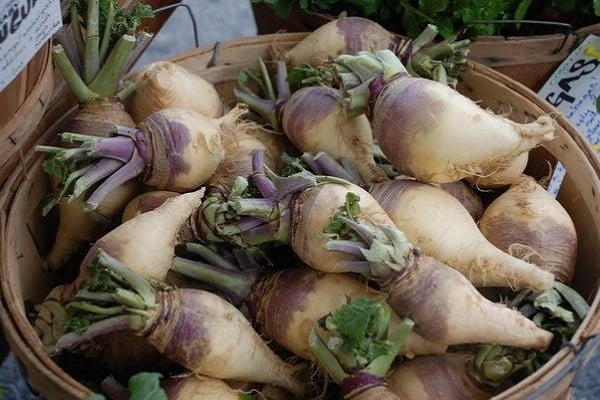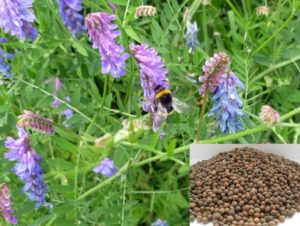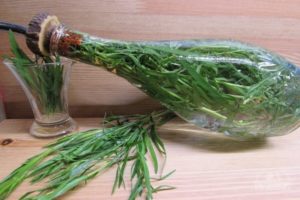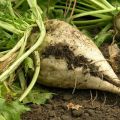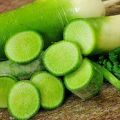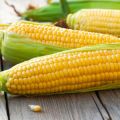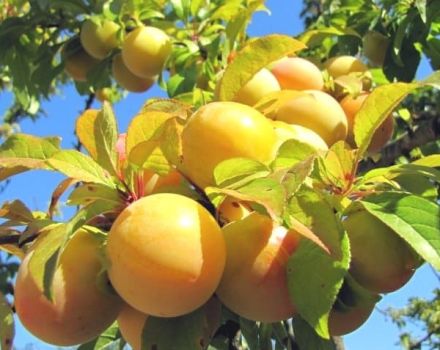Rules for growing from seeds and caring for rutabagas in the open field, with what to plant and when to sow
Rutabaga is a cruciferous food crop that has been growing for two years. In some parts of the country, the root crop is called bushma, earthworm, bukhva, kalivka or Swedish turnip. Some even call fodder beet, due to the strong similarity of plants. Experienced gardeners know that rutabaga is a healthy product, but growing and caring for it outdoors requires certain knowledge. Further on this.
Features and characteristics of rutabaga
A distinctive feature of this root crop is frost resistance and excellent drought tolerance. Radish, horseradish, turnip, radish and cabbage of all varieties are plants from the same family as rutabagas. As you know, the earthling grows for 2 years, in the first 12 months the root crop and leaves grow, then the plant blooms and produces seeds.
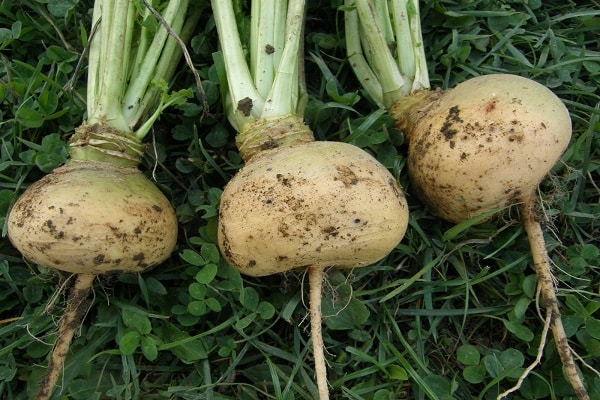
The stem base grows high, and due to the weight, the leaf blades are often lowered. Part of the root crop is above the ground, has a plum shade. Inflorescences are yellow. The shape of the fruit depends on the type of vegetable, usually the pod is oblong or looks like a flat oval, cylinder. Round, brown seeds ripen inside the swede. The core of the fruit, depending on the species, has a white or yellowish tint.
Lovers of this plant find in its taste similar to a turnip. However, it is useful to know that rutabagas are much healthier and more nutritious.
Overview of Russian varieties of rutabagas
Experts divide the varieties of this vegetable into fodder and canteen. Fodder greenery is a hybrid. It perfectly tolerates cold and moisture deficiency, is unpretentious in maintenance and has a rich harvest. A feature of table varieties of root crops is the flat-round shape of the fruit, as well as the juicy pulp of a yellowish color. Popular varieties of table swede in Russia are:

- Krasnoselskaya - excellent storage, yield. Ripens within three to four months, the weight of the root crop varies from 400 to 600 grams.
- Novgorodskaya - ripening time of medium duration. Fruits are well stored, weighing from 500 to 450 grams.
- Children's love is a medium-early variety, the shape of the root crop is oval-round. The crop weighs from 300 to 450 grams.
- Vereiskaya is a mid-season species, it reaches full maturity in 85-95 days. Fruits reach a weight of 250-300 grams.
- Hera is also a mid-season species, fruits of a rounded shape of anthocyanin color.Root weight - no more than 400 grams.
- A bright dream - the fastest ripening among Russian varieties, it ripens in 2-2.5 months. Fruit rind with a yellow tint, elongated. On average, a ripe rutabaga weighs between 300 and 400 grams.
Possible combinations with other plants
In the vicinity of fodder beets, on the same bed, you can plant varieties of lettuce, sage, wormwood bushes or mint. It will be useful to plant marigolds or marigolds - they will not only please the eye, but will also scare away pests from the vegetable plant.
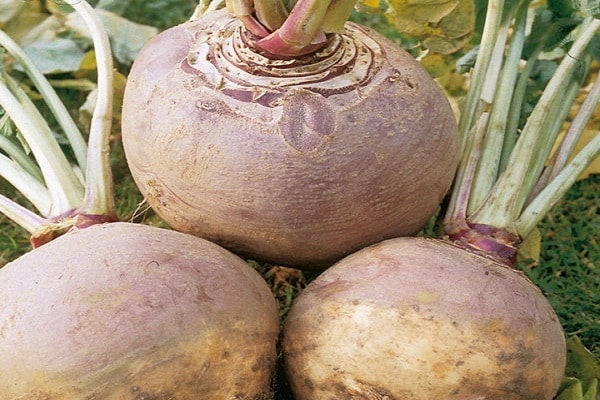
Carrots, dill or celery, on the other hand, will attract insects that actively hunt pests.
It is not recommended to plant rutabagas in a garden bed where cabbage, radishes or other similar crops were grown in the previous year.
Growing rutabagas from seeds
Every experienced gardener knows how to grow a good harvest of rutabagas. Lovers need to follow certain guidelines.
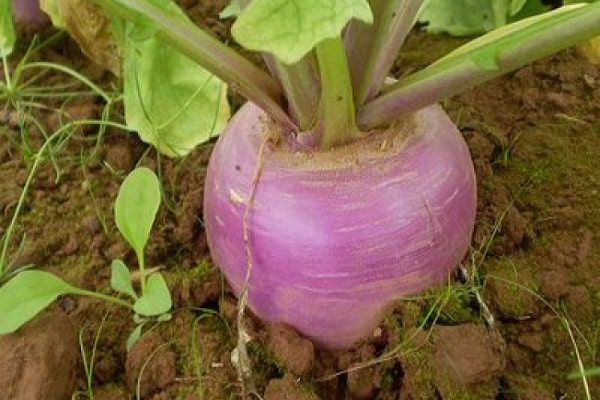
Sowing
First you need to sow seeds for seedlings. When they germinate indoors, the shoots are protected from attack by pests such as the cruciferous flea. Before sowing, it is necessary to disinfect the seeds, for this they are kept in a solution with garlic for 60 minutes. Then the seeds must be washed in plain water and dried.
Fodder beets are sown from the first days of April, and after 40 days the grown Swedish turnip is planted on the soil. This will require deep boxes with a moist substrate. The sprouts are placed about 1 centimeter deep.
The distance between seeds must be kept within 2 centimeters and 5-7 centimeters between rows. The optimum temperature for good shoots is 17-19 degrees Celsius.
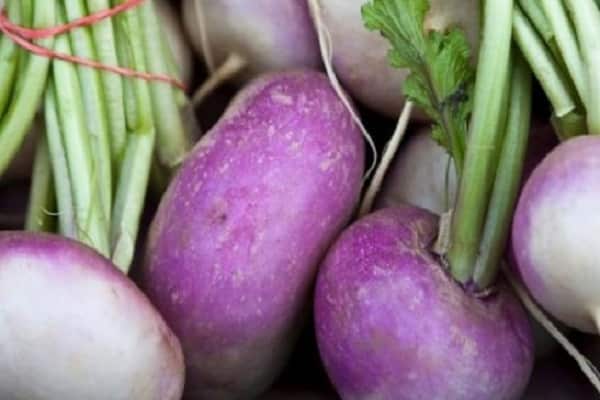
Seedling care
After the first shoots of the sown crop appear, the covering on the boxes, which created the greenhouse effect, must be removed. And move the containers where the seedlings grow to a cool place with an average temperature of 6-9 degrees Celsius. After 7 days, the temperature should reach 15 degrees. The key to successful cultivation of turnip seedlings is to moisten the soil, loosening and thinning the sprouts.
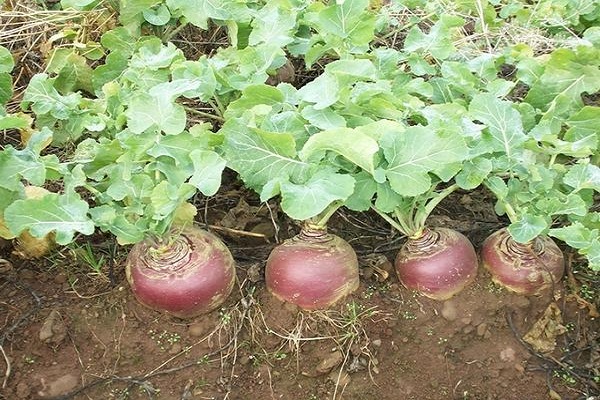
How to dive
Spend pick for fodder beet not recommended, as there is a high probability of damage to fragile roots. For this, experts advise using deep containers for germinating seeds.
To prepare seedlings for planting in open ground, 10 days before transplanting, boxes with seedlings must be taken out into the yard, gradually adding time. When the duration of the young swede's stay in the fresh air reaches 24 hours, it is time to plant on open soil.
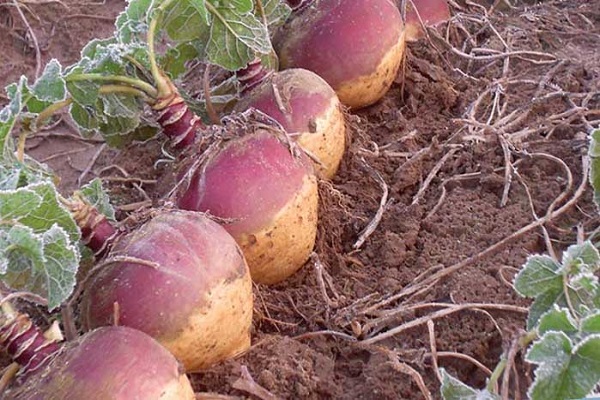
Planting swede in open ground
The presence of 4-5 sufficiently formed leaves on the sprouted seedlings suggests that the moment has come for the earthling to plant in open soil. It is necessary to pay attention to the weather: if the vegetable plant is grown in a country house, in a region with a temperate climate, planting is carried out after May 20. Before planting, the sprouts are watered abundantly.

Landing dates
Basically, seedlings of fodder beets are planted 40-50 days after sowing, in the spring - this is mid or late May.
The ripening period of a vegetable plant depends on the variety. For winter storage of crops, it is recommended to plant those types of rutabagas that have a long growing season.

Suitable soil
Earthlings are planted on neutral soil, the pH of which does not exceed 7.0. Rutabaga grows well in sandy loam, loamy or peaty fertile soil. An important point is the high moisture permeability of the soil in the garden.
The best predecessors at the future fodder beet planting site are:
- Tomatoes and cucumbers.
- Beans, peppers.
- Melons and eggplants.
- Zucchini or potatoes.
Attention! After harvesting crops related to rutabagas, fodder beets can only be planted after 5 years.
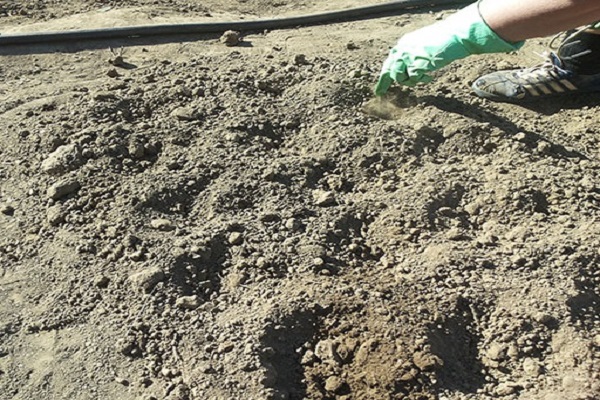
Planting scheme and depth
The sprouts ready for planting are planted in the holes. It is necessary to observe a certain distance between seedlings so that ripe fruits do not interfere with each other. The distance between the holes is 0.2 meters, and between the rows is 50 centimeters.
Before planting, the holes are poured with water, and each sprout is soaked with a root in a clay mash, after which several leaves should be cut off. When digging in holes, pay attention to the fact that the root part of the sprout stem does not touch the ground. The final stage of planting on the site is not to tamp the soil around the plant too much and flood the seedling with water.
In the early days, it is recommended to protect young rutabagas from sun exposure.
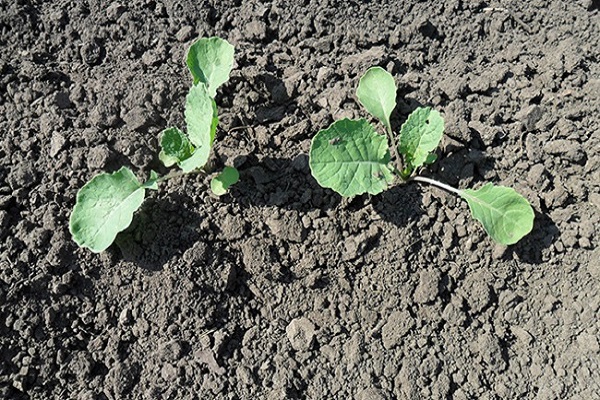
Specificity of care for the turnip
Growing a Swedish turnip is easy. It is required to care for the plant in the same way as for other crops - watering, getting rid of weeds, hilling, feeding and protecting from trouble. It is recommended to spud the grown bushes during the ovary of leaf plates.
The soil is loosened to a depth of 5-8 centimeters. Before the procedure, the soil must be moistened.
For the first time, the bushes are loosened 48 hours after planting in the garden. The next time it happens is a week later. For the entire period of ripening of the culture, loosening of the soil is carried out no more than 5 times. For ease, the procedure is recommended to be carried out simultaneously with the removal of weeds.
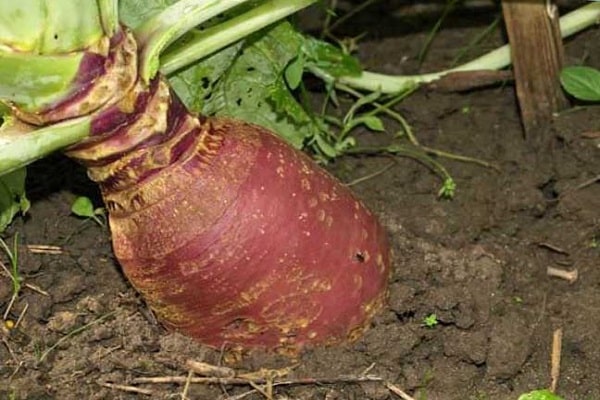
Irrigation and maintenance of soil moisture
This vegetable plant ripens well when there is a lot of moisture, however, over-watering will make the fruit watery. Experts recommend moisturizing the turnip bushes 5-6 times during the entire ripening period. Otherwise, when there is not enough water, the root crop will ripen with a hard core and a bitter taste. Early flowering is also possible.
The required volume of water for irrigation is a bucket per square meter of the plot. It is not recommended to pour too much water over the top of the vegetable, which is above the ground. This leads to greening and negatively affects the nutritional value of the vegetable plant.

To maintain moisture at a sufficient level, rutabagas are mulched. Suitable for mulch:
- Chopped nettles.
- Compost.
- Straw cutting.
- Sawdust composting.
- Tomato cut leaves and stepchildren.
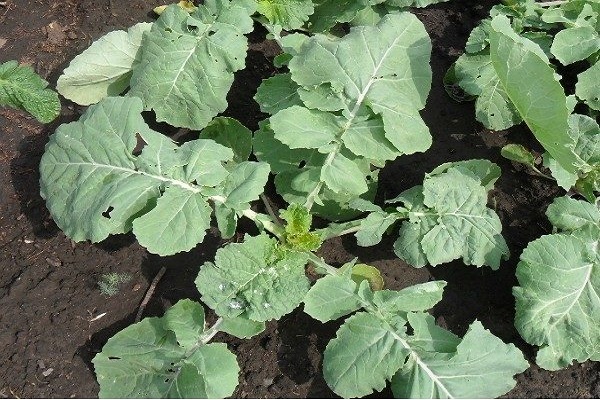
Temperature regime
As for the temperature regime, we can say that the rutabaga sprouts well at an air temperature of 4 degrees Celsius. For the formation of bushes and the ripening of root crops, 15-18 degrees Celsius is suitable. Hot, dry weather negatively affects the yield and taste of fodder beets. Already at a temperature of more than 23 degrees, the rutabaga pulp will become dry and tasteless.

Fertilization
Timely fertilization is an integral part of caring for any crop. The first feeding of young shoots is carried out 12-16 days after planting in the ground. For this, a large amount of slurry is used. For the next feeding, a complex of minerals is suitable, the procedure is carried out at the time of the formation of root crops. Fertilization with phosphorus will help to increase the sugar content of the pulp. Fertilizers based on potassium, boron, copper and manganese have a positive effect on swede bushes.
Before planting a vegetable plant, it is recommended to prepare the land for growing rutabagas in advance. To do this, during the autumn months, for digging, pour out half a bucket of manure or humus fertilizer for every 100x100 centimeters of land.
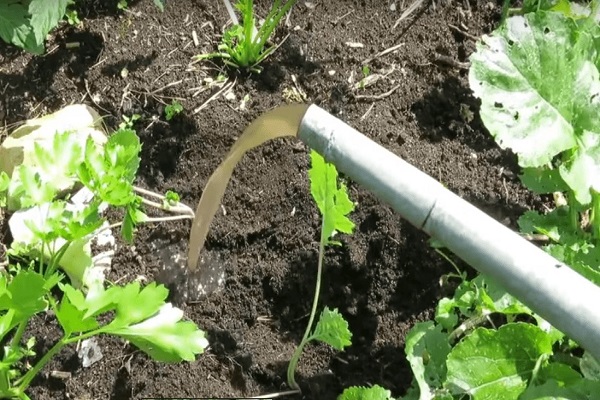
Protection against diseases and pests
Anyone who decides to grow a Swedish turnip in the garden should know that it is subject to the same sores and insect attacks as related crops (radishes, radishes, cabbage varieties, horseradish bushes).
The most common diseases that affect this culture are:
- Felt disease.
- Belle and black leg.
- Vascular bacteriosis and mosaic.
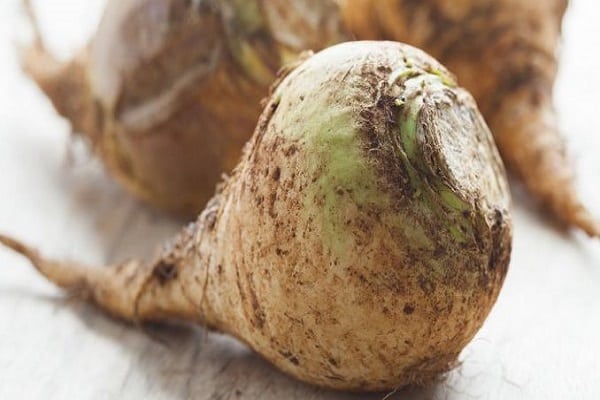
Among pests, the following are considered dangerous: slugs, sprout and cabbage flies, cruciferous and beetroot bugs, rape flower beetle, and aphids.
Compliance with the rules of cultivation, decontamination of seeds before sowing in the ground, thorough weeding, and after harvesting, deep digging of the site helps to prevent the appearance of disease and damage from insects.
Neighboring plants that do not negatively affect the ripening of the fruit will help fight pests, for example, marigolds, nasturtium, and marigolds, with their aroma, drive away white flies, cabbage flies and aphids.

Harvesting and storage
After the sprouted shoots are planted in the garden, the vegetables ripen in 60-120 days, depending on the type of plant. In the event that storage of fodder beets is planned for a long winter period, the harvest must be collected before the first frosts.
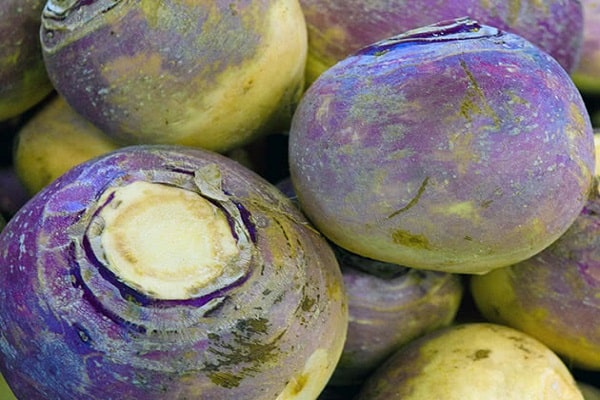
Ripe fruits must be removed from the soil carefully so as not to spoil. In this case, the bush part of the culture (leaves) should be cut off close to the base.
After harvesting, the roots must be washed from contamination and completely dried, spreading out on the street, away from sunlight. The washed rutabaga is stored in a cool place, pre-distributed in containers. If there is no basement or other suitable room, the plant will survive well in the garden. For this, not deep trenches are dug, sawdust or straw are poured into them in a thin layer, then sprinkled with soil.
